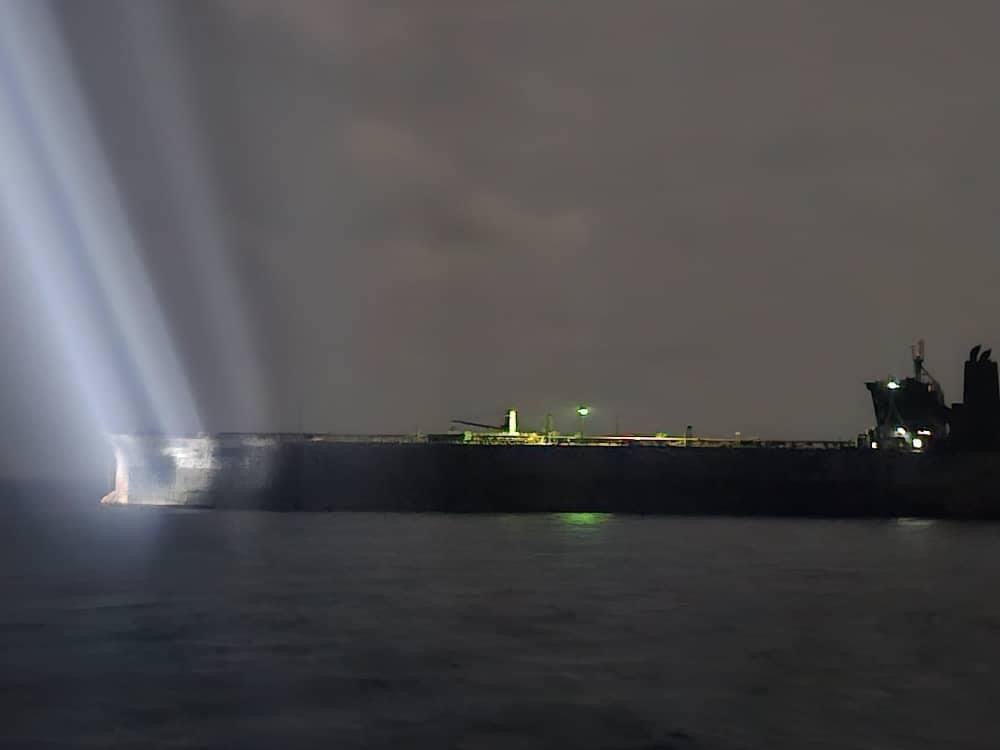A lack of available transportation and storage networks will be a significant hurdle in the value chain of the expanding global carbon capture, utilization and storage (CCUS) market.
According to Rystad Energy research, more than 90 million tonnes per annum of CO2 will be shipped by the end of the decade, requiring a fleet of 55 carriers and 48 terminals to handle the import and export of the gas.
While onshore pipelines are the most common mode of transportation, offshore pipelines and CO2 shipping will play a vital role in the supply chain. However, the shipping industry’s reliance on conventional fuels raises concerns about its environmental impact, with GHG emissions multiplying over longer journeys. Research shows that switching to LNG, blue-methanol, or blue-ammonia as shipping fuels could cut emissions by 18%, 20%, and up to 80%, respectively, according to Rystad.
High costs and uncertainties in the CCUS value chain can discourage carbon capture opportunities, but emerging initiatives such as open-source CO2 storage infrastructure and expanded transportation networks may reduce complexity and ease restraints, according to Rystad.
The Northern Lights Project in Norway will be the first open-source CO2 transport and storage network, receiving domestically shipped CO2 and volumes from northwest Europe at its onshore terminal before piping and storing the gas under the seabed. Australia will also be a significant player in the global market, shipping and storing CO2 from domestic projects and neighboring Asia-Pacific countries, including Japan. Most shipping routes are no more than 2,500 km, but planned routes between Japan, Malaysia, and Australia would involve sailing more than 5,000 km, and the longest journey announced to date would be between South Korea and Saudi Arabia, a one-way trip of at least 12,000 km.
“Carbon dioxide shipping is a nascent market now, but it’s set to play a significant role in the global climate solution in the coming years. However, questions remain about the environmental impact of the process,” said Lein Mann Bergsmark, vice president supply chain research at Rystad Energy. “In an ideal world, CO2 tankers would use renewable fuels with no associated emissions. However, these fuels are too expensive now to be economically viable.”

 Join The Club
Join The Club











